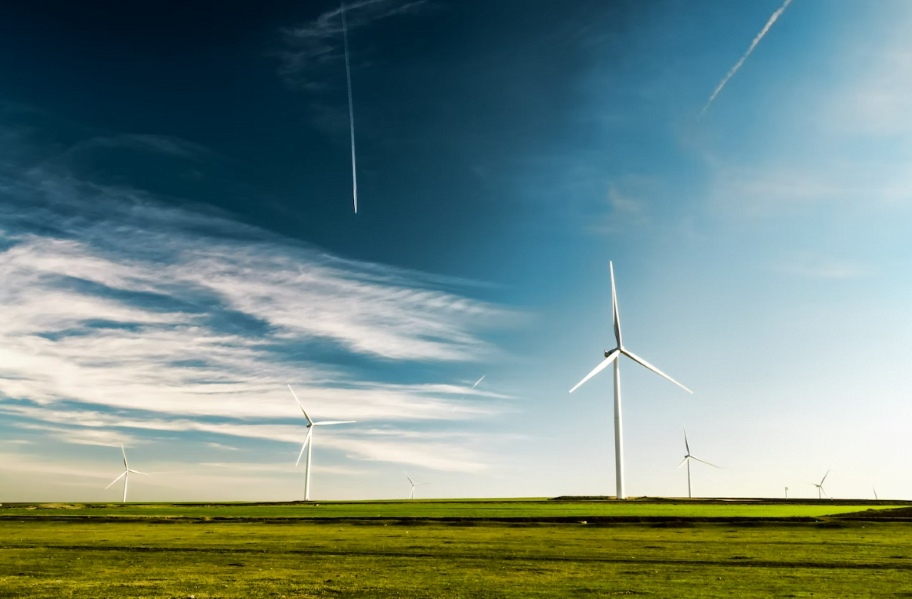The prospects for offshore oil and gas exploration have resulted in Namibia becoming a hotspot for hydrocarbon investment in recent years. Meanwhile, the country’s ambition to become a global hub for green hydrogen development – on the back of abundant, co-located solar and wind resources – is poised to support value-added industrialization, economic transformation and regional integration by stimulating exports to international markets. These developments and more will be unpacked at the Invest in African Energy (IAE) forum in Paris, where a Namibian spotlight session establishes Namibia as the premier destination for diversified energy investments.
Boasting an abundance of solar and wind resources, Namibia’s plans to expand power generation capacities are expected to see a share of 60% renewables by 2030. Within this timeframe, Namibia aims to install a total of 510 MW of grid-connected renewable energy capacity. This ambitious goal will be driven through competitive tenders from local and international IPPs that will be subject to PPAs with Namibia’s state-owned power utility NamPower and regional energy distributors. Last December, the government launched a tender inviting consultants to provide services for renewable energy projects spanning solar PV, wind and battery energy storage systems (BESS). Services will include environmental and social impact assessments and site studies for a number of upcoming solar PV and BESS projects.
Last May, Namibia commissioned sub-Saharan Africa’s largest green hydrogen production plant. The $10-billion project – led by green hydrogen development company Hyphen Hydrogen Energy – will be capable of producing 300,000 tons of green hydrogen and ammonia and will feature wind and solar plants with a combined capacity of 7 GW. This year, the country is expected to complete development of a 5 MW pilot plant, which will act as a testing facility for hydrogen production and handling. Hyphen Hydrogen Energy also signed a deal with finance vehicle SGD Namibia One Fund in December 2022 to secure €23 million in capital, while collaborating with Japan’s ITOCHU Corporation to enhance the company’s technical capabilities for successful project deployment.
With production costs estimated as low as $2 per kilogram, Namibia’s green hydrogen is poised to become the cheapest in the world, making the country an attractive partner for energy-hungry countries in the midst of the energy transition. As a result, Namibia could boost its GDP by $15-20 billion per year, create over 100,000 domestic jobs, export 14 GW of clean power to the Southern African Power Pool and reduce GHG emissions by 45-60 million tons of CO2 per year by 2040.
Source: Energy Capital & Power

